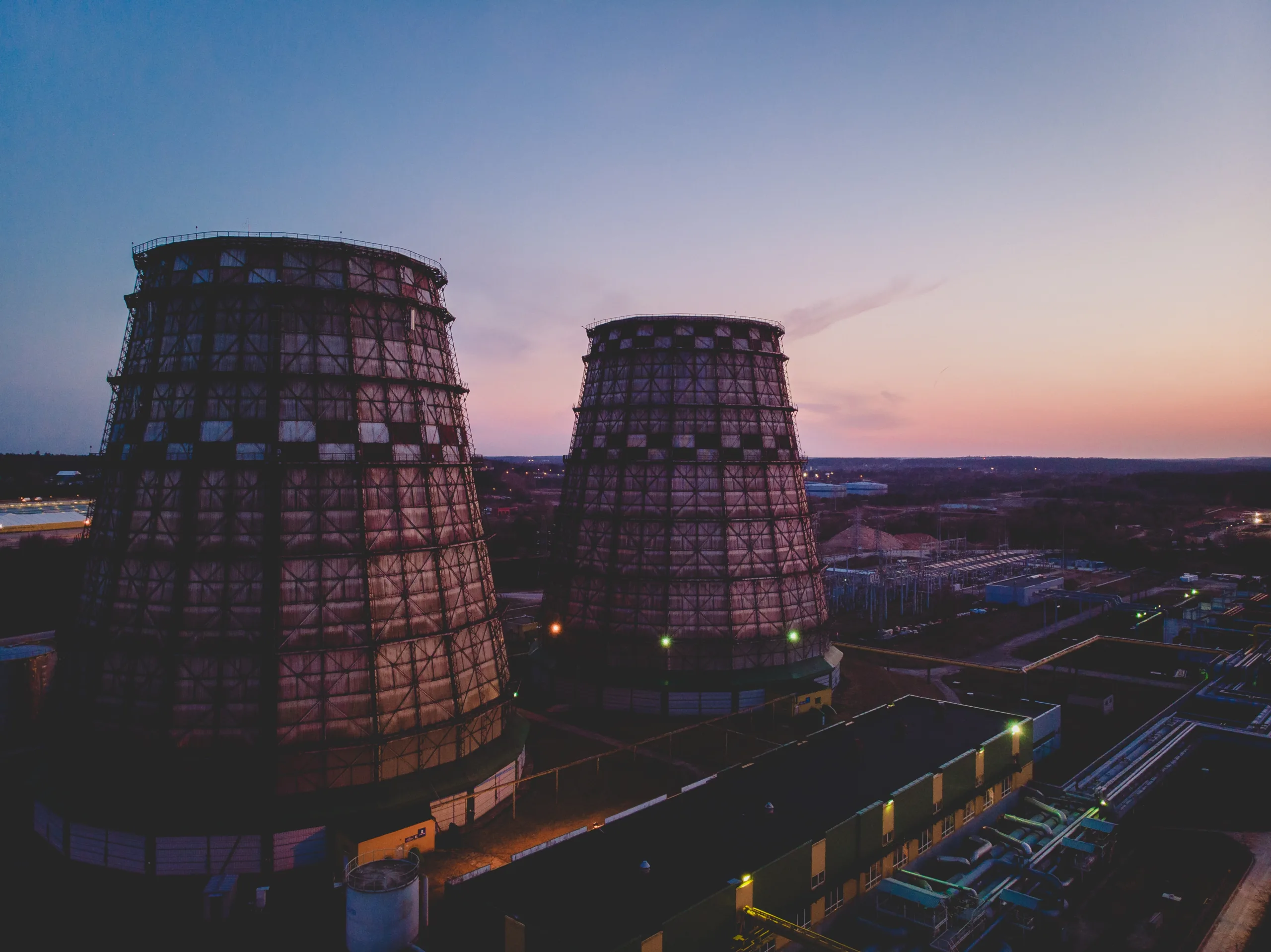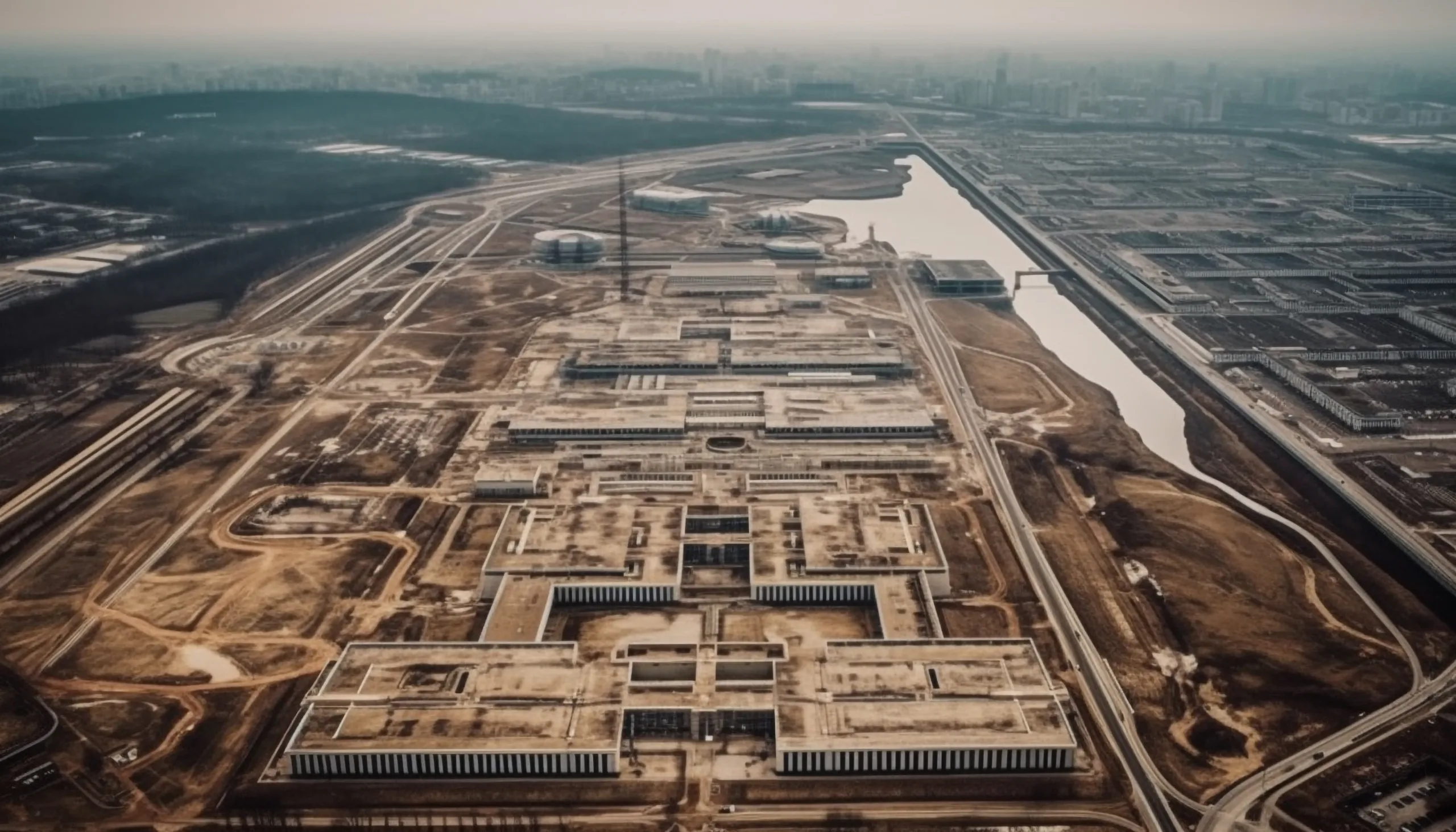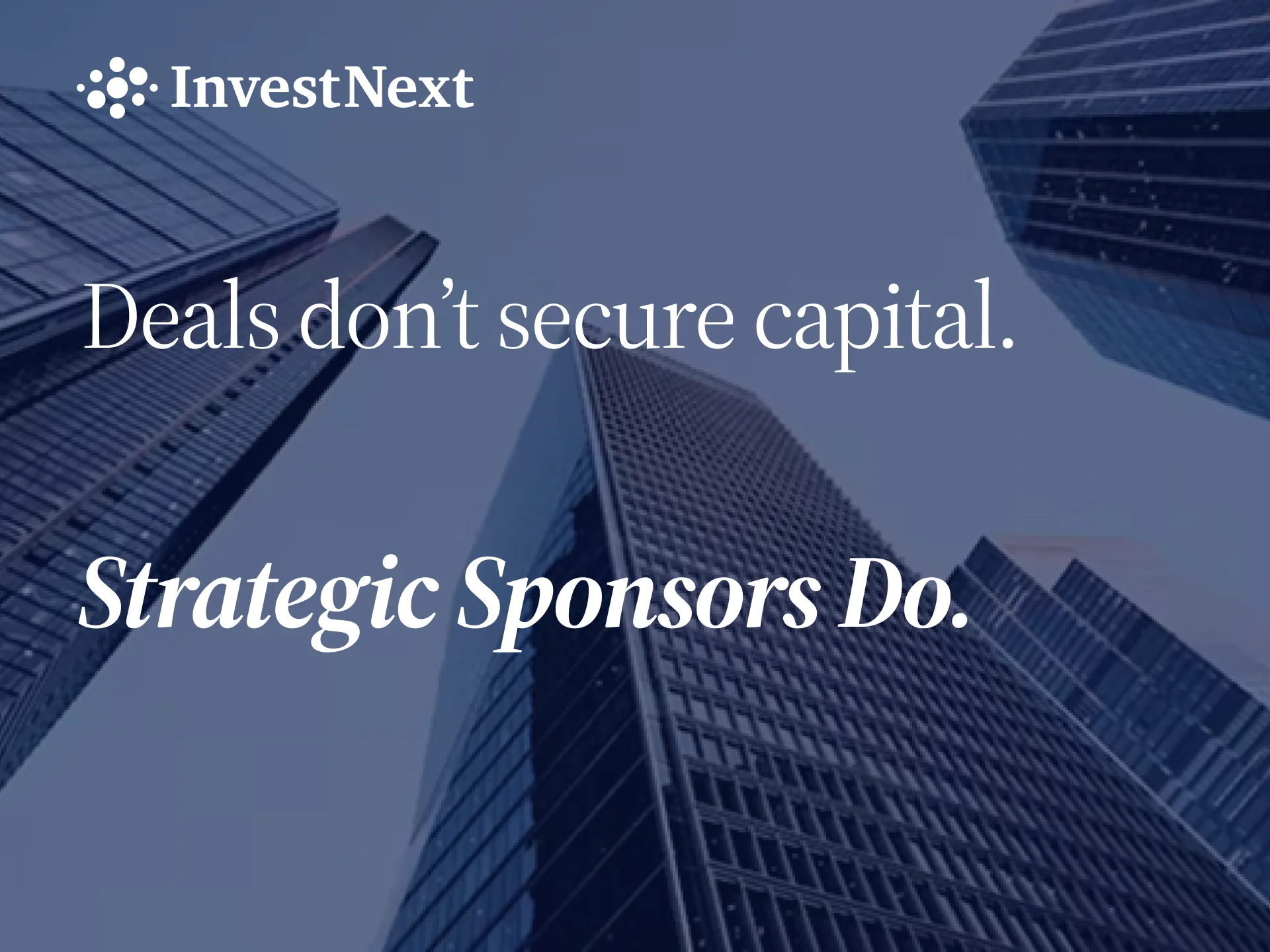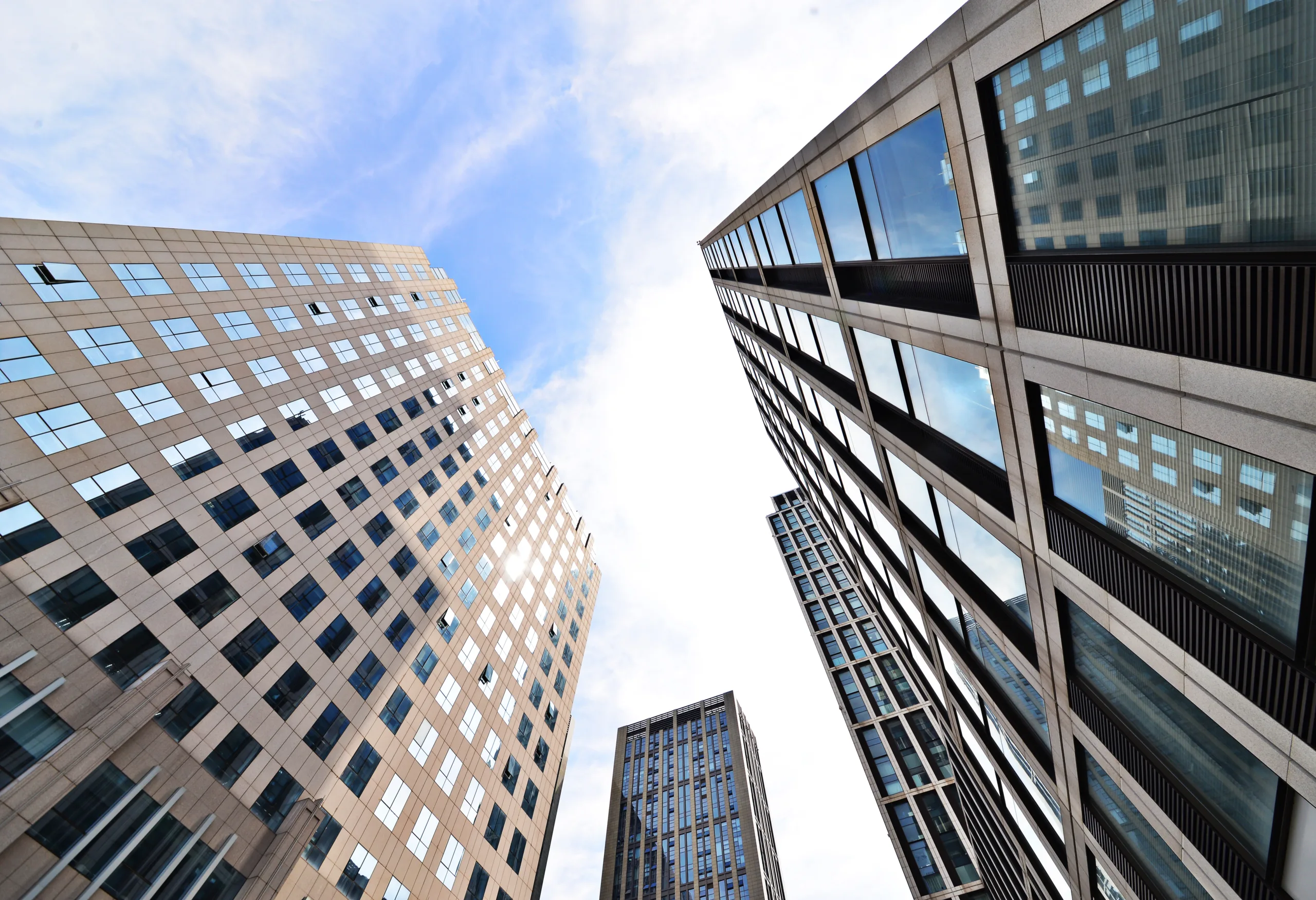- Net lease has entered the institutional mainstream, driven by investor confidence in its resilient, cash-flow-focused structure.
- Industrial and retail assets remain the strongest performers, while manufacturing in secondary markets is gaining traction as a strategic focus.
- Longer lease terms, credit durability, and dependable escalations are becoming key drivers of value as investors shift from flexibility to certainty.
The Rise Of Institutional Capital
The net lease sector is undergoing a pivotal transformation, as reported by GlobeSt. What was once a niche, explain-if-you-have-to asset class is now front and center for institutional investors. Teddy Kaplan, CEO of net lease strategy at New Mountain Capital, captured the shift succinctly: “There’s no longer the need to explain it.” Kaplan’s firm recently closed on a $640M portfolio—a sign of the sector’s growing scale and investor confidence.
Will Pike, who leads CBRE’s US industrial and logistics capital markets, echoed the sentiment. “From a risk-adjusted return standpoint, the net lease sector has been incredibly compelling for institutional investors, both domestically and offshore,” he said during a recent CBRE podcast.
Outperformance In A Tight Capital Environment
Both Kaplan and Pike pointed to strong fundamentals and attractive risk-return dynamics as key drivers of net lease’s appeal. By targeting mission-critical real estate backed by long-term leases, investors can generate mezzanine-like returns while mitigating downside risk.
“With cap rates across other asset classes under pressure from high interest rates, net lease stands out,” Kaplan noted. This is especially true for industrial and manufacturing properties, which are delivering some of the best risk-adjusted returns in the market.
Pike projects a modest uptick in net lease transaction volume for 2025—likely between 5–12%—driven largely by continued strength in industrial and retail. Office deals are also slowly making a comeback, though volumes remain relatively modest.
Get Smarter about what matters in CRE
Stay ahead of trends in commercial real estate with CRE Daily – the free newsletter delivering everything you need to start your day in just 5-minutes
Shift Toward Long-Term Leases And Predictable Returns
The market is also seeing a shift in lease structures, with a growing appetite for longer lease terms. “We’re structuring 20-year fixed escalation contracts,” Kaplan explained. He emphasized the growing preference for steady, predictable cash flows. This approach reduces the repositioning risk often associated with shorter lease terms.
Pike added that “ideally your WALT is going to be somewhere in the 36 to 48 to six to seven year wall,” highlighting the growing desire for lease term stability as a hedge against volatility.
Manufacturing And Secondaries In The Spotlight
Manufacturing assets—especially in secondary markets—are emerging as a high-conviction play. Kaplan sees manufacturing as a “defensive, acyclical area of the economy” and a smart bet for long-term capital.
Spencer Levy, who moderated the podcast, echoed optimism for secondary markets, where lower competition can drive better returns. “Cash flow will be king,” Kaplan said, especially in undercapitalized regions with room for cap rate compression.
To boost yield in today’s environment, Pike advised investors to focus on two factors: location and tenant credit quality.
A Deepening Buyer Pool
The evolution of the buyer base also signals the sector’s maturity. No longer limited to niche investors, net lease now attracts credit-focused buyers, core real estate funds, and asset-specific specialists.
“There’s a whole landscape of core real estate buyers who don’t care who the tenant is,” Kaplan said. Pike added that pricing and competition are increasingly defined by credit and location—critical differentiators in today’s more crowded landscape.
Why It Matters
Net lease’s ascension into institutional portfolios marks a structural shift in real estate investing. The sector focuses on predictable income, credit durability, and long-term value creation. This makes it a compelling alternative as volatility and rising interest rates put pressure on other asset classes.
What’s Next
Expect continued growth in net lease transactions, with particular momentum in industrial, retail, and manufacturing assets. As more capital chases fewer deals, underwriting discipline and tenant quality will become even more critical to sustained outperformance.


















